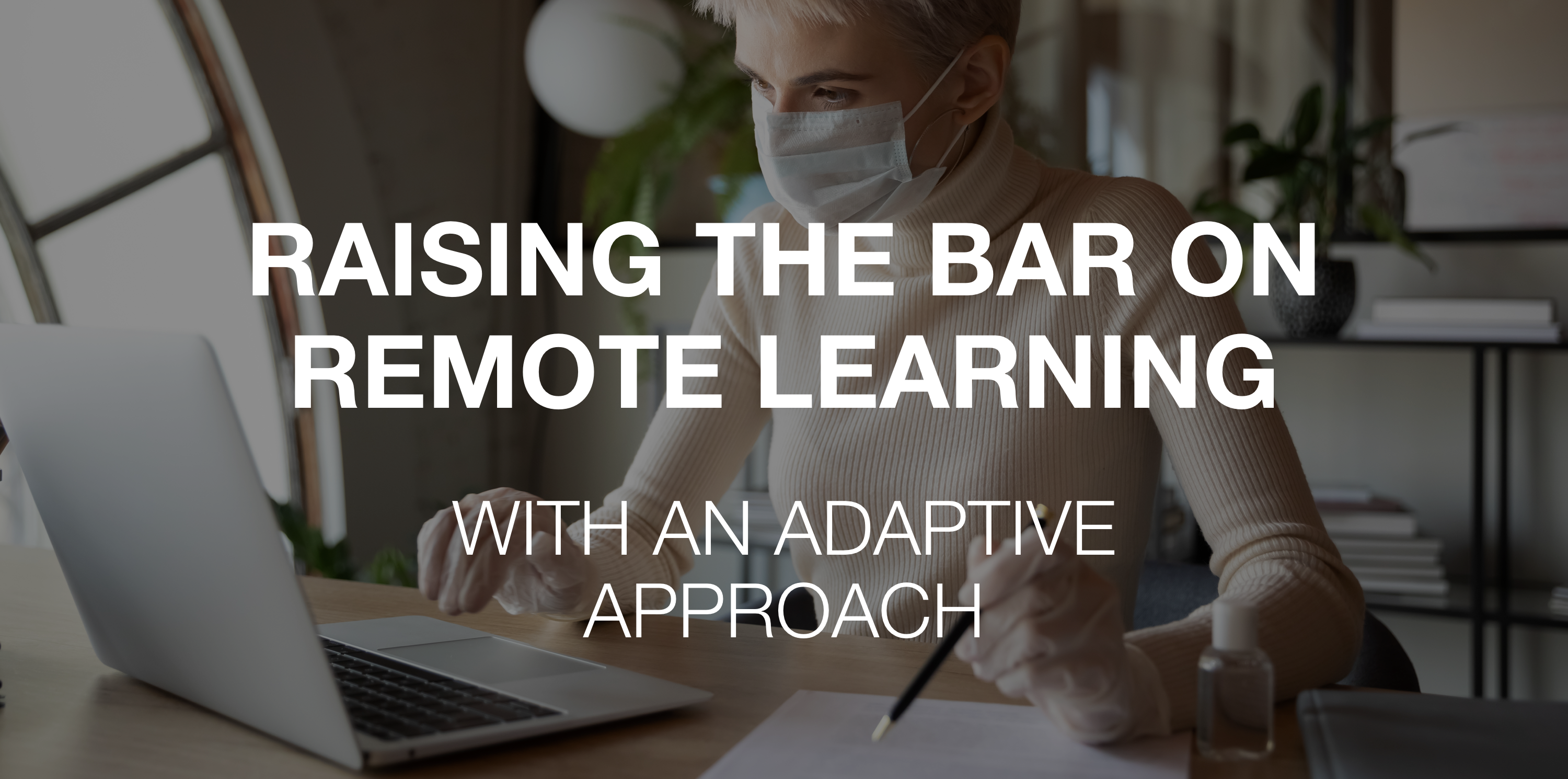According to a study conducted by Training magazine, companies averaged 53.8 hours of training per employee in 2015. That’s 13 hours more than in 2014. But how do we know that adding more time to the learning achieved better results?
- Small companies (100-999 employees) averaged 46.2 hours of training per employee.
- Midsize companies (1000-9999 employees) averaged 67.4 hours of training per employee (midsize companies spent the most time training each employee).
- Large companies (10,000+) averaged 41.6 hours of training per employee.
That’s thousands of working hours lost to training with little to no traceable business impact to determine if the training had a positive effect on productivity. In 2015, some companies tried to combat this loss of productive working hours by spending less time (and money) on training programs.
- 15% of companies surveyed by Training magazine saw a decrease in their training budget, and
- 33% of them said that decrease was a result of reduced training staff, while
- 30% cited possible de-emphasis on corporate learning as a reason.
But that is a dangerous way of thinking. Training is and always will be critical to the success of a business. Effective training is the mechanism that motivates employees and empowers them to achieve more for themselves and the business. Effective training allows organizations to evolve, change, and grow with all of the new ways we do business.
Think about it this way. You’re given the choice between two heart surgeons: one is trained and the other isn’t. Of course, you’d choose the trained heart surgeon. But what if the trained heart surgeon charged a high fee for his services, while the untrained surgeon offered to save your life for free? Still, you’d choose the person who was trained to crack open your chest. Because in high-stakes situations, you want a guarantee.
While not all employee training has such life-or-death stakes, the importance of employee professional development, and the need for an emphasis on the training function, is clear: training is necessary for people to do their jobs well. So how do we get around spending so much time on training?
How Do We Create Effective Training Programs
One of the reasons companies spend so much time on training is because the training they do provide is ineffective or poorly executed.
Failed training comes at a high cost in terms of money and time spent retraining. In order to spend less time (and therefore less money) companies must implement effective training programs that make the most of the training time.
Effective training programs must emphasize:
- Personalization: It seems counterintuitive at first. Personalized learning requires training on a level that understands individual learner needs and behaviors; to provide that training requires a lot of time (when we really want to spend less time training but…). When learning is personalized it means individual learners only spend time learning the content they need to know, and don’t spend any time on the content they don’t.
For example, when you provide safety training some learners may know how to use a fire extinguisher and some may not. Making the learners who know how to use one sit through a lesson on its use and function is a waste of time - and a waste of the money spent on that unnecessary training.
- Knowledge gaps: Mistakes waste time and often mistakes are a result of ineffective training. Effective training programs that identify learner knowledge gaps, and fill those gaps in learning, help prevent mistakes from happening.
For example, an employee thinks they know how a fire extinguisher works, but when the time comes to use one, they realize they do not. The business now has to face the consequences of their employee being unable to act correctly and as expected in a critical situation. Not only that, but the business has lost the complete investment of that employee’s training. Worse, for such critical safety skills, the business now has to spend more time and money on more ineffective training - retraining employees on how to use fire extinguishers. (Ouch.)
This level of personalization and emphasis on uncovering knowledge gaps isn’t possible with traditional corporate training. Training that is one-size-fits-all cannot personalize to the needs of every learner. This is only possible with intelligent e-learning: e-learning that interacts, understands, and adapts to the learner.
Adapted Learning Creates Effective Training
Adaptive Learning uses artificial intelligence to personalize to individual learner needs and uncover knowledge gaps and misconceptions. This ebook will introduce you to what Adaptive Learning is and why it is the fix for ineffective training programs that waste productive work hours.









